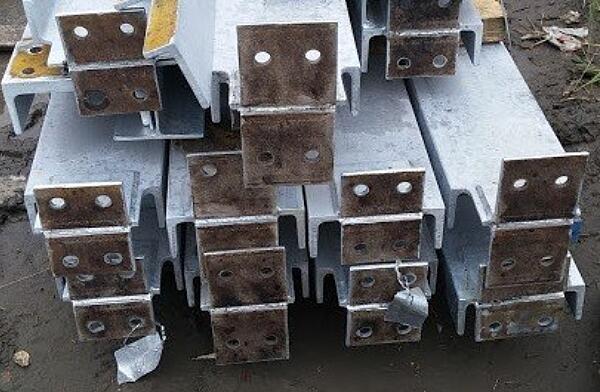Smoke from Masking Materials
Are there any masking materials that don’t smoke?

Masking materials are products applied directly to steel to prevent the formation of the hot-dip galvanized (HDG) coating for various reasons (e.g. areas to be welded, higher slip factor on faying surfaces, threads on fasteners requiring precise fit). Galvanizers that run material with large amounts of masking product may be familiar with visible smoke that can rise from the kettle after immersion of the parts. The presence of this smoke can be problematic for plants with restrictions on visible emissions or when questions arise as to potential hazards.
Many different types of materials are used to mask steel during hot-dip galvanizing such as high temperature tapes, gels or caulk. Some of these items have been specifically designed for the purpose of preventing the galvanized coating, while others are used because they are known to remain mostly in tact at high temperatures. Even the purposefully designed masking products produce smoke upon entering the kettle, and the level of smoke can become significant or excessive when applying over large areas on multiple products. Upon investigation of the safety data sheets (SDSs) for the masking products previously investigated by the AGA for use, none of these products have a working temperature near the temperatures used in batch hot-dip galvanizing (820 – 850 F). Therefore, all the materials from the AGA masking study will produce smoke upon entering the molten zinc bath. Practical experience has shown high temperature tapes and paints tend to smoke significantly more than caulk or gel materials.
If needed, a quick review of the masking product safety data sheets (SDSs) can help galvanizers determine the chemicals that may be released from the smoke. Some masking materials may require precautions with personal protective equipment (PPE). An AGA Environmental, Health & Safety Note entitled Masking Materials – Safety Data Sheets includes the safety data sheets (SDSs) of the masking materials that were successful in the AGA Masking Study to investigate the contents of the smoke produced at the kettle as they relate to applicable OSHA permissible exposure limits (PELs) and short-term exposure limits (STEL).
At this time, the AGA is not aware of any masking material that can withstand batch hot-dip galvanizing temperatures without smoking. To reduce the concentration of smoke experienced when using masking materials, it is possible to space out the masked products over multiple lifts or multiple shifts. Where visible smoke is not desired, masking materials are not likely a viable option but grinding the specified areas after HDG can be an alternative (where applicable).
© 2025 American Galvanizers Association. The material provided herein has been developed to provide accurate and authoritative information about after-fabrication hot-dip galvanized steel. This material provides general information only and is not intended as a substitute for competent professional examination and verification as to suitability and applicability. The information provided herein is not intended as a representation or warranty on the part of the AGA. Anyone making use of this information assumes all liability arising from such use.

